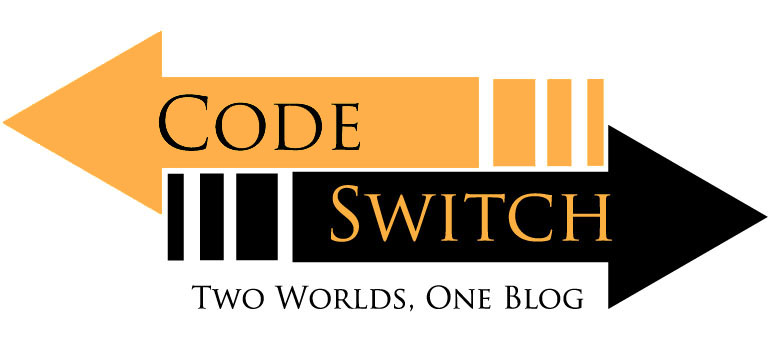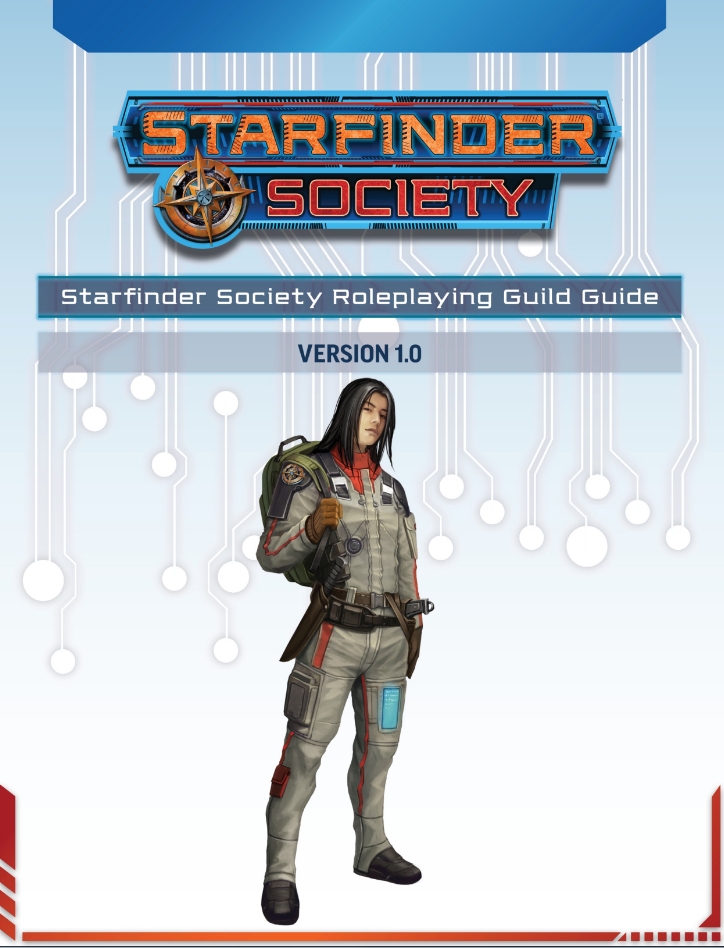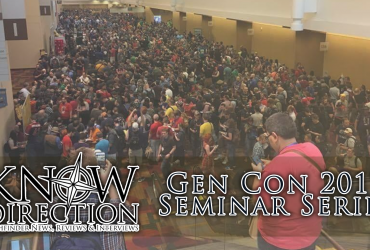Hi, I’m James and welcome to Code/Switch. Today I’m going to complete the Murderhobo teamwork feat initiated by Anthony Li, the Man Behind the Screens. On the latest Behind the Screens, Anthony deconstructed the Murderhobo way of gaming. He goes pretty deep into its play implications at your table, but here on Code/Switch, I’m going to analyze why it’s a thing and what factors keep this kind of play so common in the community.
To toot my own horn, I’ve played 208 unique games of Pathfinder Society along with being a three-star GM for the Pathfinder Society. I also GM a few home games from time to time. I’ve sat at a ton of tables with tons of different people and have experienced murderhobo-ing, and early in my Pathfinder career have probably been a murderhobo. From my personal experience murderhobo-ing is caused/enforced by a few things; detachment from the setting, not understanding the situations given, playing out a power fantasy and lack of reprocussions for violent interaction. Murderhobo-ing in my experience has also been less frequent in veteran players who choose to GM from time-to-time as well, but that is by no means a definite development among players, veteran murderhobos can be sources of great frustration and/or enjoyment.
In Anthony’s article, he fingers mismatched expectations as the culprit for murderhobo-ing and he makes a good case for it. A murderhobo is only identified when he brings a broadsword to a ballroom, not on a battlefield. If your players aren’t expecting nuance or tact, they usually won’t try and change themselves to match the situation; they’ll usually adapt how the situation plays out to their strengths, which due to Pathfinders robust combat system means that the players’ strength is usually in arms.
I want to take this mismatched expectations thought-train a little farther down the line. I think murderhobo-ing can be a result of non-tabletop media influencing how people thing tabletop RPG’s should be. I think games like World of Warcraft, Elder Scrolls, Dragon Age, Assassins Creed, and The Witcher set players up to expect to be able to act out their single-player RPG power-fantasy when tabletop RPGs set players up for the opposite, team-focused problem solving. Since most tabletop RPG’s don’t give unlimited ways to gain power at low-levels, players focused on the thing they can control, damage. Characters can be crafted in such a way that your standard NPC townsfolks can’t hold a candle to your hero-like protagonists. That power feels good, you get your way. This attitude gets applied to other conflicts down the road, so instead of “how else can we accomplish this” players say “I bet we can drop em before their nasty ability kills us”.
To an extent GM’s and scenario writers are responsible too. As Anthony said, feeding the barbarian party a bunch of social quests in a royal hall is setting yourself up for disaster unless you expect those barbarians to trash the place. Scenarios and conflicts are sometimes set up so deadly, immediate fights to the death cannot be avoided, even by the most kindhearted of players. Once players get the feeling non-combat options aren’t viable, they’ll just nuke things from orbit to protect themselves. To their credit, Pathfinder Society has gotten better at giving ways around certain combats, or at least giving reasons as to why enemies fight to the death.
The writers for the Starfinder Society Scenarios deserve tons of credit. It’s my honest hope that Starfinder society helps guide organized play out of the murderhobo age. Starfinder Society Scenarios address many of the factors that lead to murderhobo-ing; setting expectations, reasonable logic, relatable situations, and built in punishment.
The setting isn’t archaic, so the assumption that law-enforcement is at best Paul Blart with his hand-me-down dads armor isn’t there. The future is kind of like today, but generally with more. Currently the assumption on Earth is that if you stab someone a person in blue clothes will come and make you pay for your crimes, and if you act up with them, you’ll trigger the infinite spawn of law enforcement. Starfinder gives you that assumption plus jetpacks.
Enemies tactics in Starfinder Society Scenario’s aren’t insane. Up to this point (5 scenarios into season 1) they’ve generally been reasonable creatures with motives. Often enemies have a way to avert combat, and the Starfinder system itself gives reasonable options at low-levels to deal non-lethal damage. To go along with the enemies themselves, the reasons they fight you make sense. If you’re playing they may not be immediately noticeable, but your GM should know the reasons and let you know them through their depictions of them. Some scenarios so far have made me straight up pity my opponents even though they have more than enough power to turn me into paste.
Lastly, Starfinder Society’s guide and scenarios have built in discipline that is usable. Pathfinder Society’s current “Sudden Death” system of punishment where a character who commits a possibly evil act goes closer towards evil is unusable. It forces a GM to kill the players character from a campaign and in an open play situation this is tantamount to kicking that player from the lodge, those situations should be separate and handled as such. Starfinder Society instead gives players Infamy Points that are built into scenarios for GMs. That takes the judgment out of the hand of the GMs, and gives them the backing of the writers. Infamy is also a less severe, and therefore more usable system. It makes things harder for the character going forward and eventually gets them retired as villains, but infamy can be reduced mechanically. The threat of this I believe can help people think about their actions. Heck, you can side-step a lot of murderhobo-ing by stopping players and making them examine their behavior.
In summation, murderhobo-ing is the result of disconnects between the player and their expectations of what the game will present. Whether it’s the player treating the NPC’s as lesser than their heroic selves, the players assuming the setting is less civil than it actually is, or a player just living out a power fantasy to the detriment of the tables fun, it can all be traced back to unharmonious expectations. In a private game, talk to your players about it and possibly change your story to fit their tastes. In a public setting, consult your guild guide and act with patient authority. Also, play Starfinder Society. Not only does it deal with these issues gracefully it can be used as a tool to reduce overly-aggressive behavior before it becomes a problem.









Murderhobo’s have existed since at least Collecovision, so I don’t think you can blame videogames for the phenomenon.